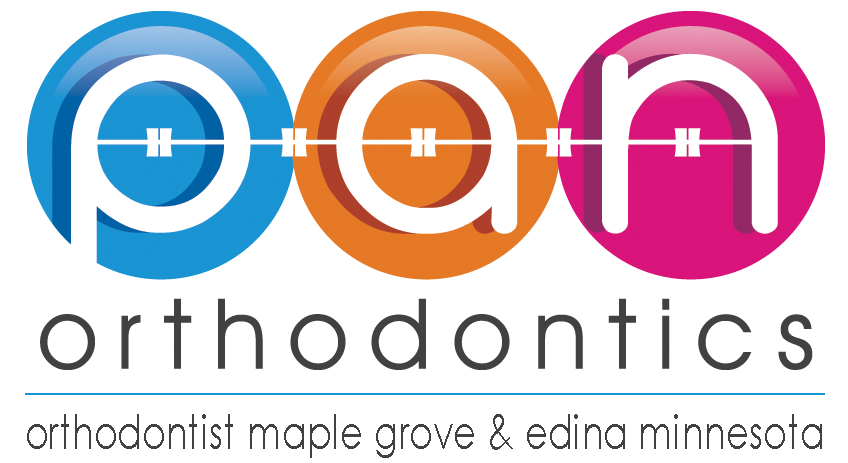Ortho Procedures - Molar Distalization
Molar distalization is a process used in orthodontics which focuses on moving the molar teeth. Molar distalization is especially common in the first molars which are backwards in an arch. This procedure is also used frequently in the treatment of patients who have a Class 2 malocclusion. The cause of this is often the result of loss of E space in an arch from the early loss of the primary molar teeth and the mesial or forward migration of the molar teeth. Molars are sometimes distalized in order to make space for other teeth that are impacted. This can include premolars or canines within the mouth.
Distalization found in the maxillary arch is easier to treat than distalization found in the mandibular arch as the maxillary bone has more trabecular bone than the mandible. The mandible also has a higher percentage of cortical bone. One of the devices which is most commonly used to distalize the molars is referred to as the Pendulum appliance or the Pendex Appliance. These devices were developed in 1990 by Hilgers.
Second Molar Eruption
The second molar’s eruption stage has been reported to have an impact on the distalization of the first permanent molar. A tipping movement occurs where the first molars are at a backwards angle when the second molar has not yet erupted. The duration for treatment for distalization of first molars also increases in the event the second molar has already erupted. As a result, the distalization of the first molars is recommended before the eruption of the second molars. While there are some studies which report that there is not a connection between the eruption stages of the second molar and the duration of treatment for distalization of the first molars.
A systematic review was published in 2013 which evaluated the efficiency of molar distalization associated with the second and third molar eruption stages. The authors of the review found that the effect of maxillary second and third molar eruption stage on molar distalization in both the horizontal and angular distalization appeared to be minimal. This systematic review evaluated four different studies where one study stated that amount of distal movement of maxillary first molar was greater. It reported 3mm versus 2mm, and that the overall treatment time was also shorter. The treatment time was 5.2 months versus 6 months for patients with an unerupted second molar compared to patients with an erupted second molar. Out of the four studies reviewed, however, this was the only study that favored distalization with unerupted molars. The study had some limitations like different types of appliances used in different papers and different landmarks used in the evaluation of cephalometric radiograph.
Indications included the following
- End-on molar relationship
- Mesially angulated upper molars
- Late mixed dentition patient
- Crowding which is mild to moderate
- Canines or premolars which are impacted
- Second molars which are not yet erupted
- Third molars that are missing
A more careful approach should be completed in patients with severe space discrepancies and a hyper-divergent growth pattern for the procedure of molar distalization. The patients should ideally have a well-developed nose and chin.
Headgear and Distalization
Norman William Kingsley was the first to attempt to move the maxillary teeth backwards. This was completed in 1892 using headgear. Albin Oppenheim later encouraged the use of occipital anchorage in order to move the maxillary teeth backwards. In earlier practices, the molar teeth would be distalized through the use of headgear.
Pan Orthodontics Philosophy
To treat our patients as our families and to treat others as how we want to be treated. From your first phone call to the moment your new smile is born, everything in our office is set up to ensure an excellent experience with us. We will always listen to you and improve with your suggestions.
Featuring The Latest Orthodontics Technology
Our Commitment to You
We will continue to keep up with the ever growing digital technologies to improve your orthodontic experience. We also commit to always help you find the most convenient time for your visit with us.




